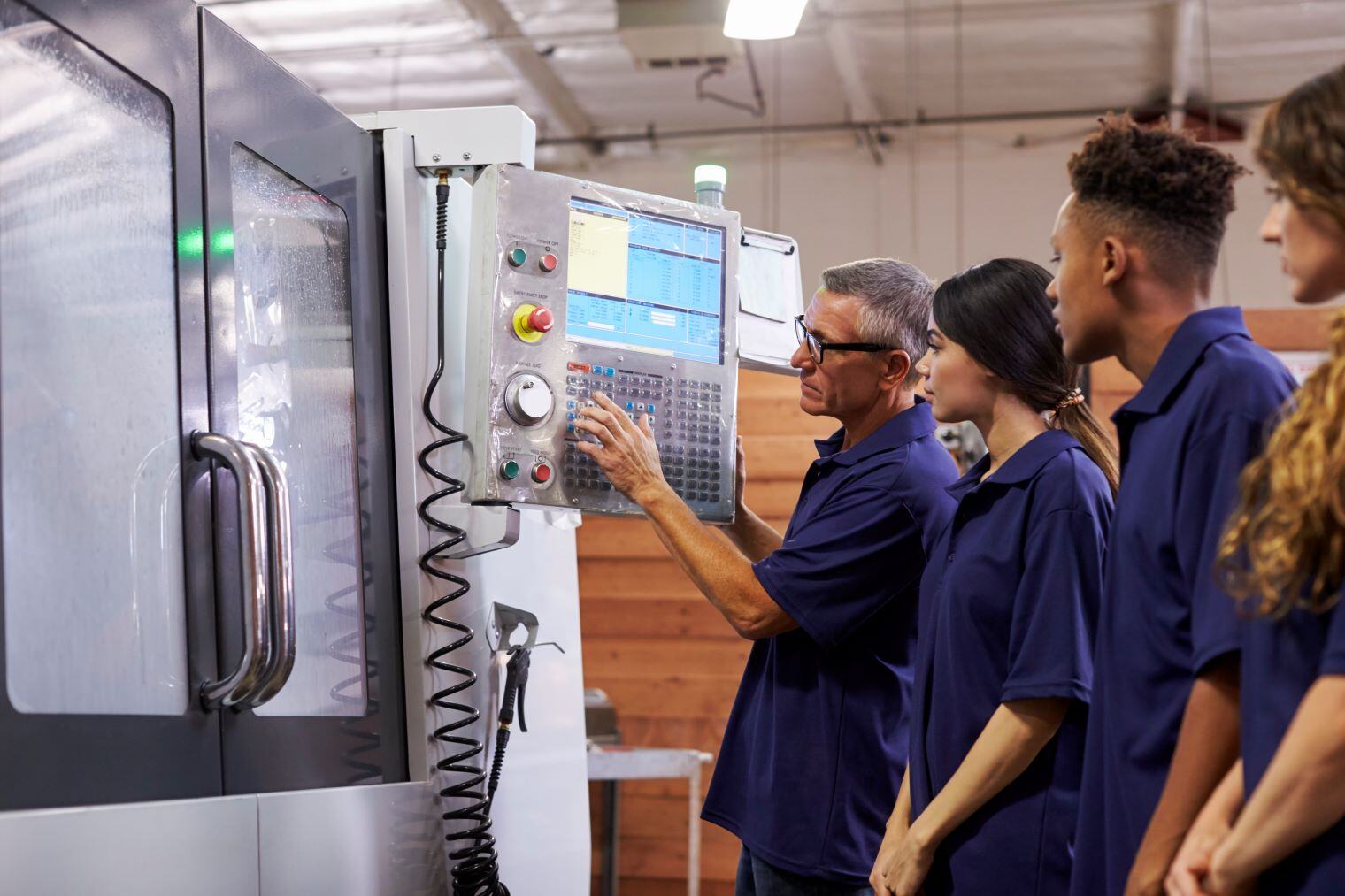Manufacturing Innovation: Learning from Global Partners.

Post Categories
Angela
In the interconnected world of manufacturing, different countries bring unique approaches to the production floor. From cultural influences to economic strategies, the way manufacturing is executed can vary significantly from one nation to another. In this blog post, we delve into the fascinating realm of comparing manufacturing practices across countries, exploring the diverse strategies employed by leading industrial nations.
1. Cultural Impact on Manufacturing:
Different cultures shape the way work is approached, affecting everything from communication styles to hierarchical structures within manufacturing facilities. Explore how cultural nuances impact productivity, innovation, and overall work ethic on the factory floor.
2. Government Regulations and Policies:
Governments play a pivotal role in shaping manufacturing practices through regulations and policies. Compare how countries with different regulatory environments manage issues like labor rights, environmental standards, and safety protocols. Examine the impact of regulatory frameworks on the efficiency and sustainability of manufacturing operations.
3. Technological Adoption Rates:
The pace at which countries adopt and integrate new technologies greatly influences manufacturing processes. Analyze how leading nations leverage technologies such as automation, artificial intelligence, and the Internet of Things to enhance productivity and stay competitive on the global stage.
4. Labor Force Dynamics:
The availability and skill level of the labor force significantly impact manufacturing practices. Investigate how countries with diverse labor markets manage workforce training, skill development, and the integration of advanced manufacturing techniques. Talent Always Wins. Read more.
5. Supply Chain Strategies:
A resilient and efficient supply chain is critical for successful manufacturing. Compare how different countries design, manage, and optimize their supply chains. Explore the challenges and advantages of local versus global supply chain models.
6. Environmental Sustainability Practices:
As the world grapples with environmental concerns, manufacturing practices are under scrutiny. Examine how countries approach sustainability in manufacturing, exploring eco-friendly initiatives, waste reduction strategies, and the integration of renewable energy sources.
7. Globalization and Trade Alliances:
Explore how manufacturing practices are influenced by globalization and participation in international trade alliances. Investigate the benefits and challenges that come with being part of a global supply chain and the impact on a country's manufacturing competitiveness.


